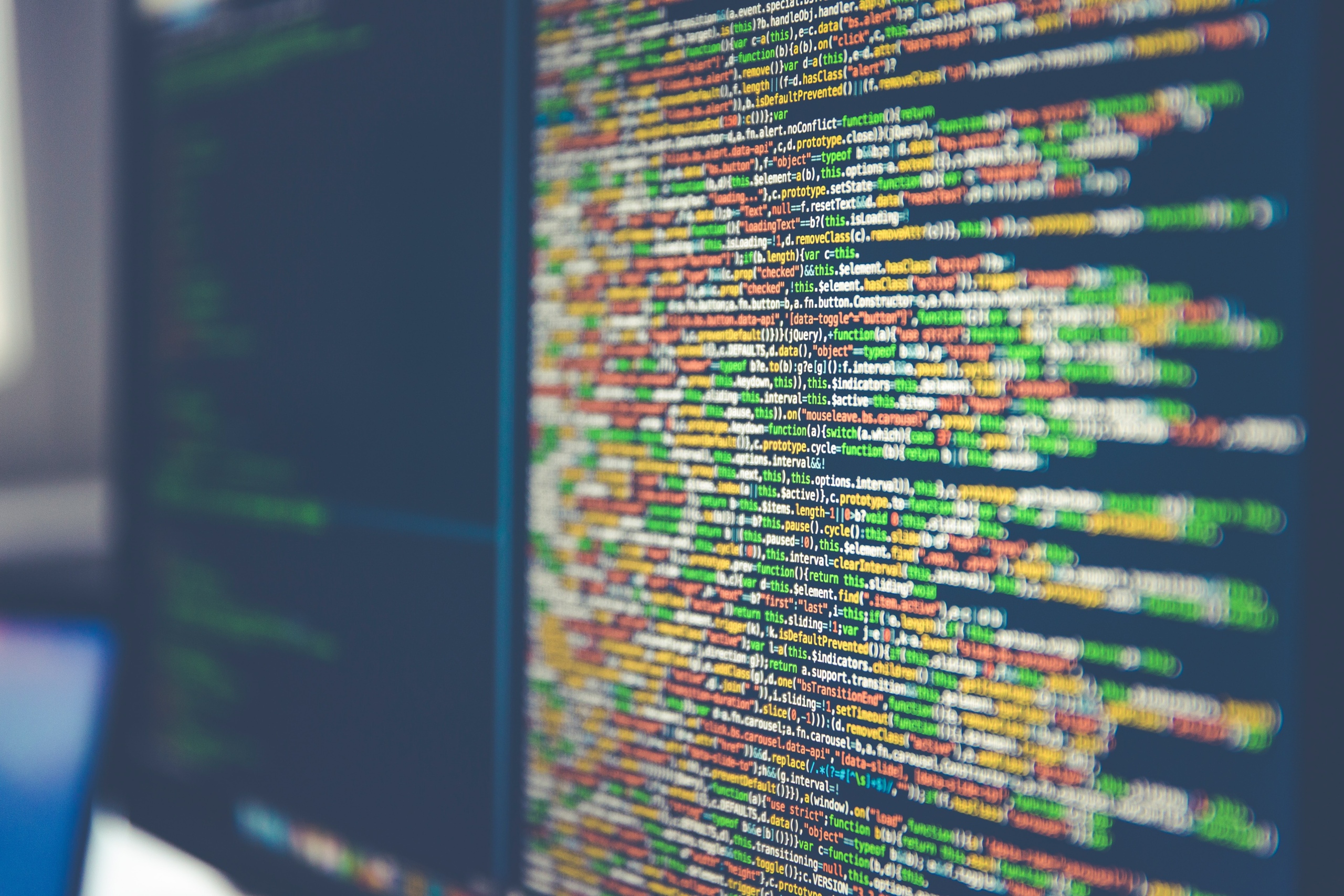Computer programming is an intricate science for those who have the ability to think analytically and love the intermingling of science and math as it relates to the field of computer technology;
and more specifically, computer programming.
Thanks to computer programmers, written instructions which become a program, allow computers to perform desired functions or tasks by utilizing those instructions.
Instructions are written in various computer languages that need to be turned into ‘computer form’ so the computer understands what its instructions are, and can respond accordingly.
Applications And Their Languages:
There are hundreds of different programming languages to choose from;
and even if one were to narrow the vast array to a mere dozen, it still can be a daunting task to decide which programming language one should learn first.
Should it be C, C++, Java, C#, or PHP? Bottom line:
at some point, you’ll need to understand which computer language is best suited for a given task.
Here’s a breakdown of various applications and the types of programs that cater well to those applications:
1: iPhone and iPad applications: Objective-C is a great choice.
2: Android Smart phones and tablets: Java will fit the bill in most cases.
3: Web applications: familiarize yourself with client-side technologies such as HTML, CSS and JavaScript.
Now, even though JavaScript is the only actual language out of these three, HTML and CSS are still essential.
For server-side web applications, PHP, Ruby or Python are very good for making most web-programming tasks easier and less time-intensive.
Listen To The Experts:
Many seasoned programmers like Donald Sanders will tell you that instead of initially focusing on a specific language, it is best to begin with a ‘general purpose’ language so you can master the basic concepts.
It’s then that you will be far more prepared to familiarize yourself with other languages, depending on what type of software you want to develop.
Here are some tried-and-true tips that will help you ease through the learning curve:
1: Focus on one language, at first, and it will serve you well since you’ll discover that much of what you will learn from one language will be applicable to other programming languages.
2: Initially, you’ll be fine-tuning and mastering your ability to communicate your thoughts in very precise statements so other programmers can understand them and so computers can execute them—keep that thought in the forefront.
3: Definitely choose a ‘general purpose’ programming language such as C, Java, C#, Perl, Ruby, Python or Scheme.
These languages are beginner-friendly and don’t require a deep understanding of mathematics to get the ball rolling.
Python is especially well-known for being fun and easy as well as being versatile–catering to a wide array of projects such as research, scripting web, etc.
Think Like A Programmer:
The best way to think like a programmer is to not only learn as much on your own as possible, but complement your self-study with learning from an experienced programmer.
Being in the presence of a seasoned programmer and absorbing what he does will put instant mileage on your programming study.
Another way to think like a programmer is to design programs as if you would a route from your home to a favorite restaurant, for example.
Draw a map in program language and don’t get hung up on irrelevant details, but focus on the big picture.
By copying programs that already exist, you will be able to analyze them and even alter them to be compatible for any new projects that arise.
Immerse yourself in your own study, observe a pro or two and glean insight and keep up with the technical advancements and growing trends-development methodologies.
And lastly, may you end up loving what you will do!
Before she retired, Karen’s career as an educator in Nebraska served as a great stepping stone to her life as a writer.
To learn more about programming visit visual-basic-programmer.com.





